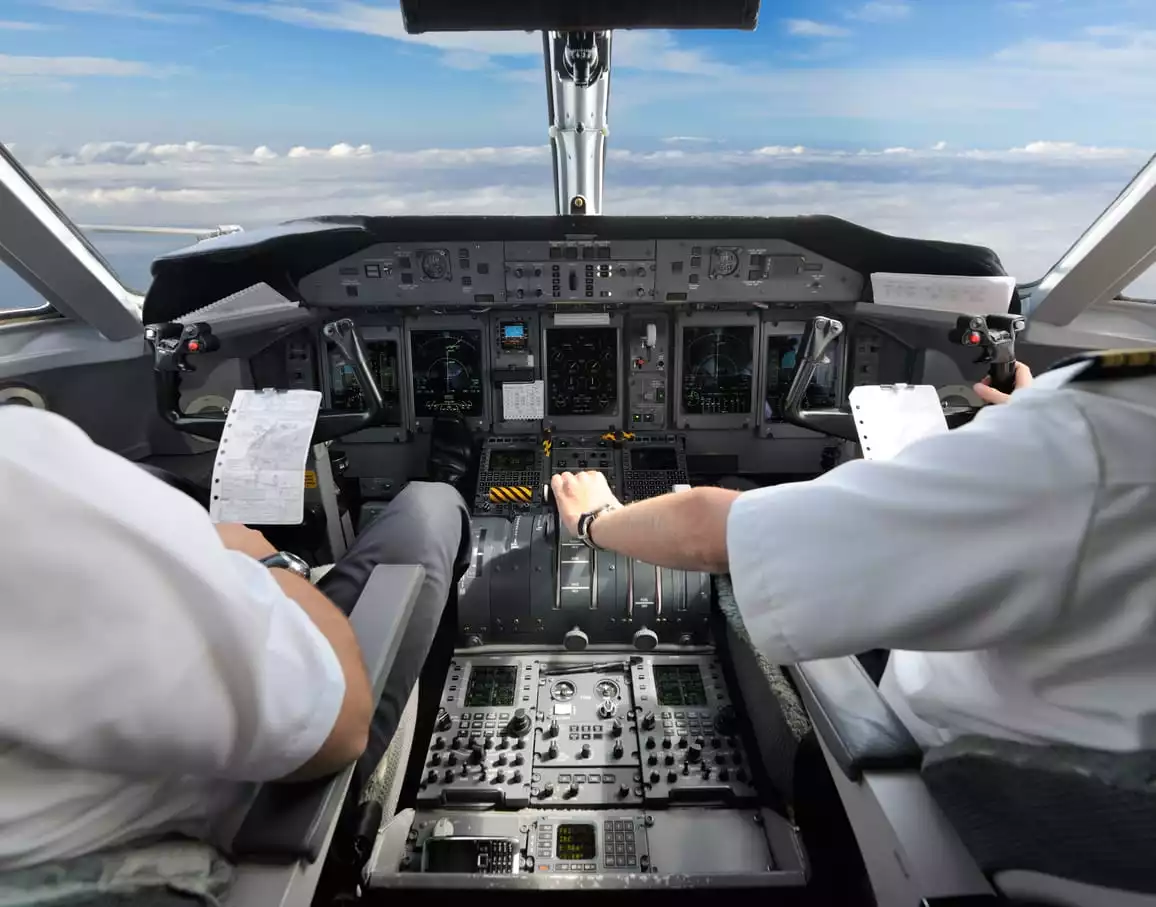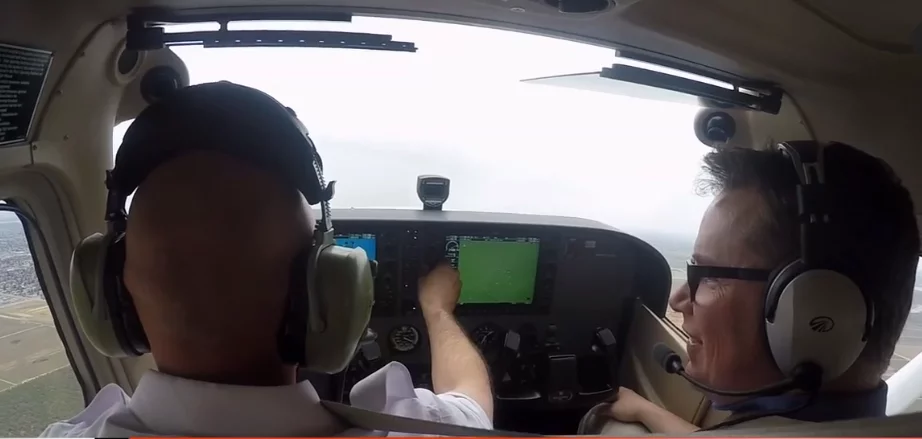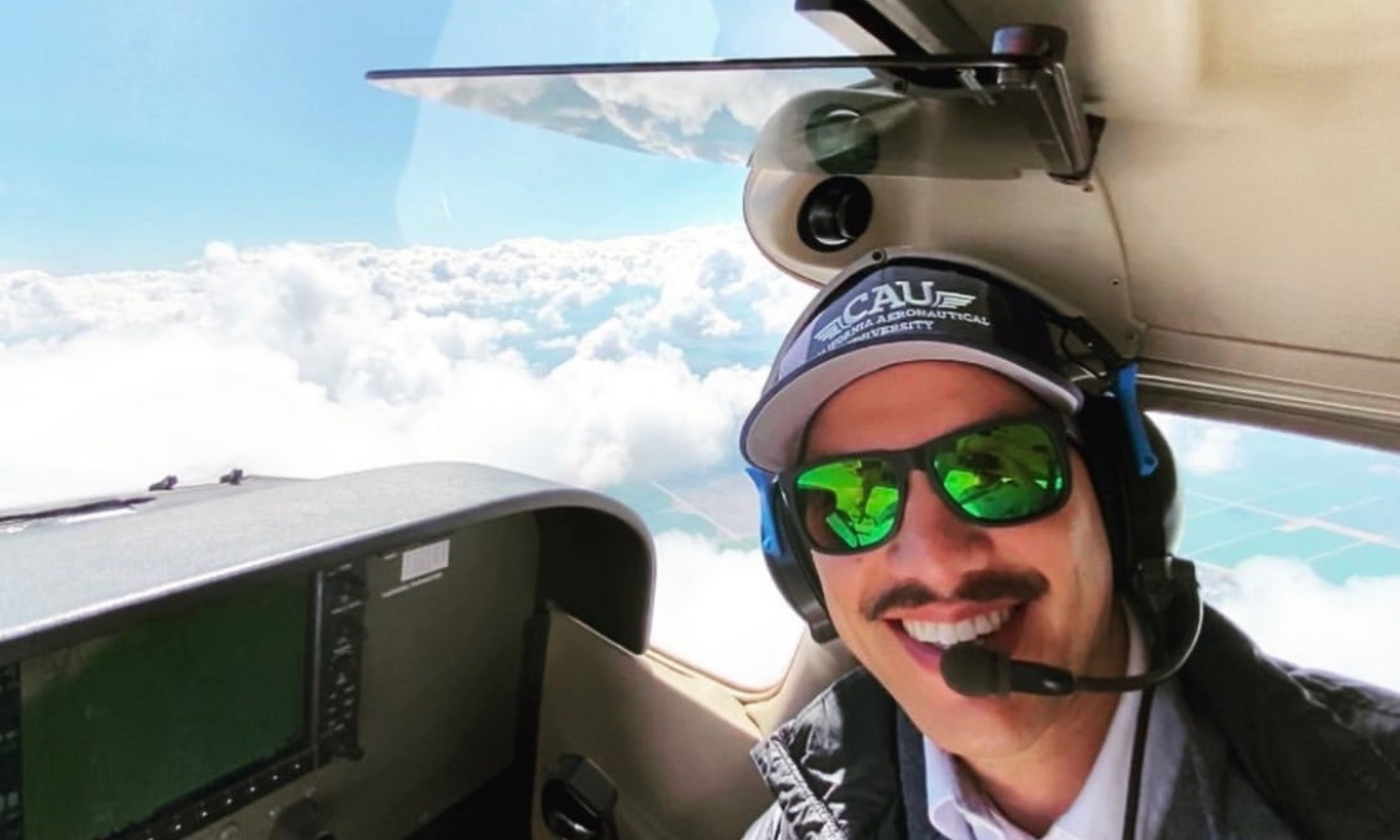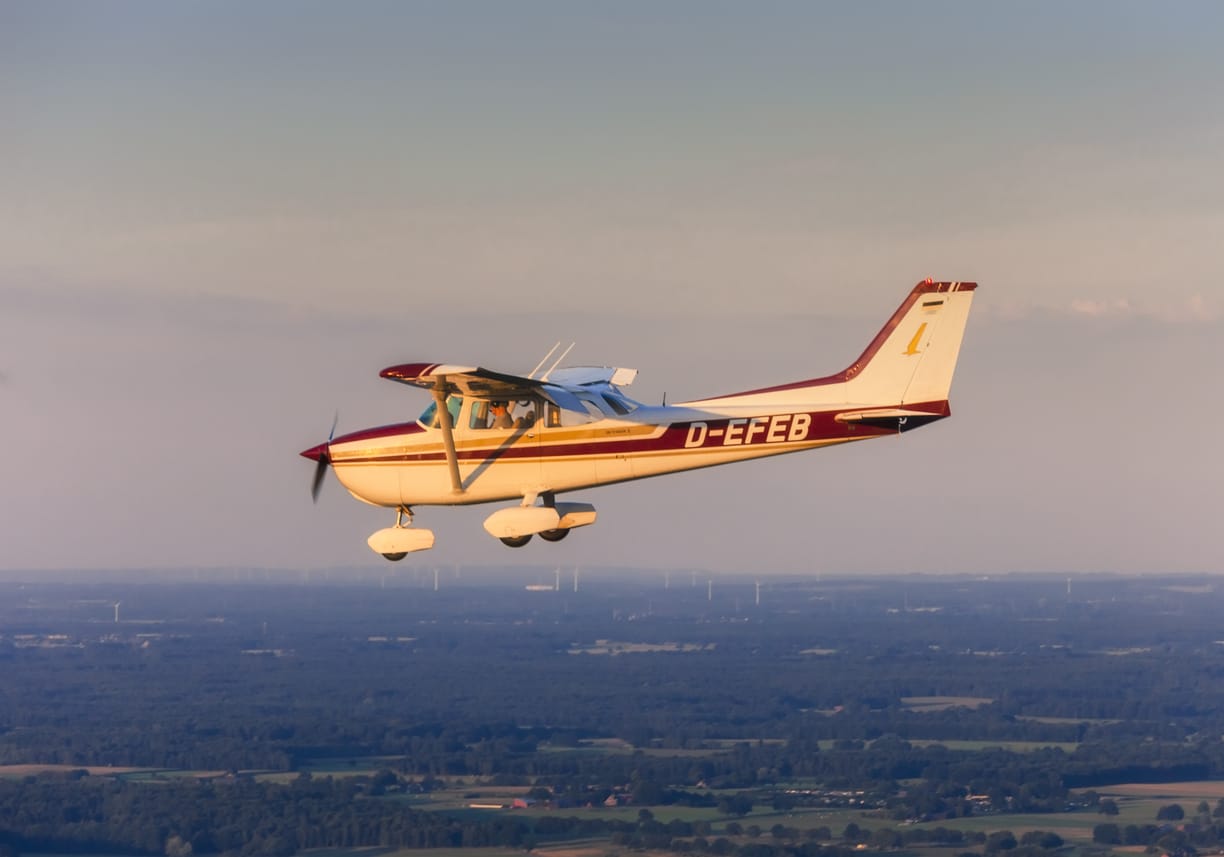Crew Resource Management (CRM) is a little-known aspect of aviation within the general public. However, it is as vital as checking the weather and conducting a pre-flight walkaround.
[lwptoc numerationSuffix=”dot” title=”CONTENTS:” titleFontSize=”34px” itemsFontSize=”18px” skipHeadingText=”Share This:”]
Crew resource management focuses on strong decision-making skills, problem solving techniques, and effective teamwork to improve the safety culture within a flight. Whether on a military transport, in an airline cockpit, or within a general aviation context, it aims to avoid error at all stages of flight and increase efficient operation.
CRM is what separates the power of human analysis from computerized flight. It involves situational awareness and such mental, cognitive, and organizational skills. Crew Resource Management requires robust leadership, trust, and cooperation amongst each member of a crew, even if the crew only consists of a captain and first officer, or just a single pilot.
The Human Benefits of Aviation
Pilots often rely on many technical aids to help them make empowered decisions in almost every phase of a flight. Real time weather apps, GPS, and collision avoidance systems are just a few tremendous aids in helping each flight become as safe and well-organized as possible. Some foresee an aviation future in which pilots are completely replaced with computers. However, the particular human blend of skill, knowledge, and experience of a good pilot is very difficult to replace.
This was demonstrated not so long ago in January of 1999. Many people are familiar with “The Miracle On the Hudson,” in which US Airways captain Chesley “Sully” Sullenberger and his first officer, Jeffrey Skiles, were faced with a sudden loss of thrust after losing both engines of their Airbus A320-214. They flew through a flock of Canada geese after taking off from LaGuardia. The event took place at just under 3,000 feet, and air traffic controllers scrambled to find an airport for the troubled flight, recommending that the airplane attempt to return to LaGuardia. However, Sullenberger formed the opinion the aircraft wouldn’t make it that far. “We’ll be in the Hudson,” he told the controller. Almost unbelievably, Sullenberger glided the Airbus to a rest in the river, and while some passengers and a flight attendant sustained injuries, no lives were lost.
Could a computer accomplish this task? Sullenburger was a veteran of the United States Air Force. During his time as a cadet at the Air Force Academy, he underwent glider training, which was invaluable in the final stages of the flight. As a fighter pilot, he learned to function and make quick decisions under tremendous stress. His decades of experience as an airline pilot and accident investigator helped him to understand his aircraft, communicate with his crew and passengers, avoid panic, and navigate the airspace of New York City. All of these elements contributed to Sullenberger’s situational awareness, leadership, and ability to prioritize. Sullenburger’s crew resource management skills encompassed all of these.
Crew Resource Management for Single Pilots
If a pilot is flying as a “crew of one,” does he or she need to think about crew resource management? Very much so. Single-pilot crew resource management asks a crew of one to use all possible resources both inside and outside the aircraft to make good decisions. It also asks the pilot to take responsibility for his or her own fitness to undertake a flight. For example, they must honestly assess his or her own health, review alcohol use, evaluate fatigue or illness, and monitor potential side effects of medication.
Pilots can enlist passengers as “temporary crew members,” asking them to undertake such tasks as watching for other aircraft, writing down new transponder codes, and looking up suitable landing sites for fuel, food, or restroom breaks. These can allow the pilot to concentrate on situational awareness because it reduces his or her workload.
However, even if the pilot is truly alone in the airplane, they can practice good crew resource management by becoming familiar with instrumentation, planning a realistic route, and making responsible weather related decisions, and studying the information of the airports they will visit. Preparing in this manner contributes to safety, as it can help lessen the chance of a surprise and the need to make decisions in-flight.
Communication in Crew Resource Management
Crew resource management encompasses several communication skills. It involves proper and professional exchanges with Air Traffic Control, and potentially working with flight dispatchers. If a pilot is aviating singly and passengers are present, he or she must see that they are comfortable and calm. In the event of an emergency, the pilot must quickly direct everyone to the safest way to exit. If the pilot in command is flying with another pilot and one assisting with operational tasks, the division of labor must be clearly discussed before the flight begins.
Where multi-pilot crews are concerned, pilots in command do well to remember that an essential element of leadership is strong communication. Pilots must speak up clearly and immediately with safety concerns, and pilots in command are responsible for listening carefully and seriously considering these apprehensions. The exchange of honest, useful feedback and confirmation of information exchange is also necessary.
While multi-pilot crews might seem safer because tasks are split and one pilot can step in if another is incapacitated during a flight, attention to crew resource management is vital here as well. Crews may unwittingly reinforce one another’s biases or incorrect information. They might feed one another’s eagerness to undertake a flight when conditions are unsafe. In addition, personality conflicts might hinder communication or distract from essential flying duties.
Growing in Crew Resource Management
It is crucial for pilots to constantly monitor their growth in crew resource management skills. Although non-technical, they make for safe flying. Building flight time increases experience, and even sessions in a simulator can add to a pilot’s knowledge and understanding. Pilots can also practice crew resource management by reviewing checklists, reading aircraft manuals, practicing emergency procedures, gathering information from aviation publications, and seeking advice from more seasoned pilots. Crew resource management education is constant for responsible pilots.
Ready to soar in your aviation career?
Mr. Matthew A. Johnston has over 23 years of experience serving various roles in education and is currently serving as the President of California Aeronautical University. He maintains memberships and is a supporting participant with several aviation promoting and advocacy associations including University Aviation Association (UAA), Regional Airline Association (RAA), AOPA, NBAA, and EAA with the Young Eagles program. He is proud of his collaboration with airlines, aviation businesses and individual aviation professionals who are working with him to develop California Aeronautical University as a leader in educating aviation professionals.




Crew resource management is one of the requirements in any aviation profession so it should be adopted in avaition school.